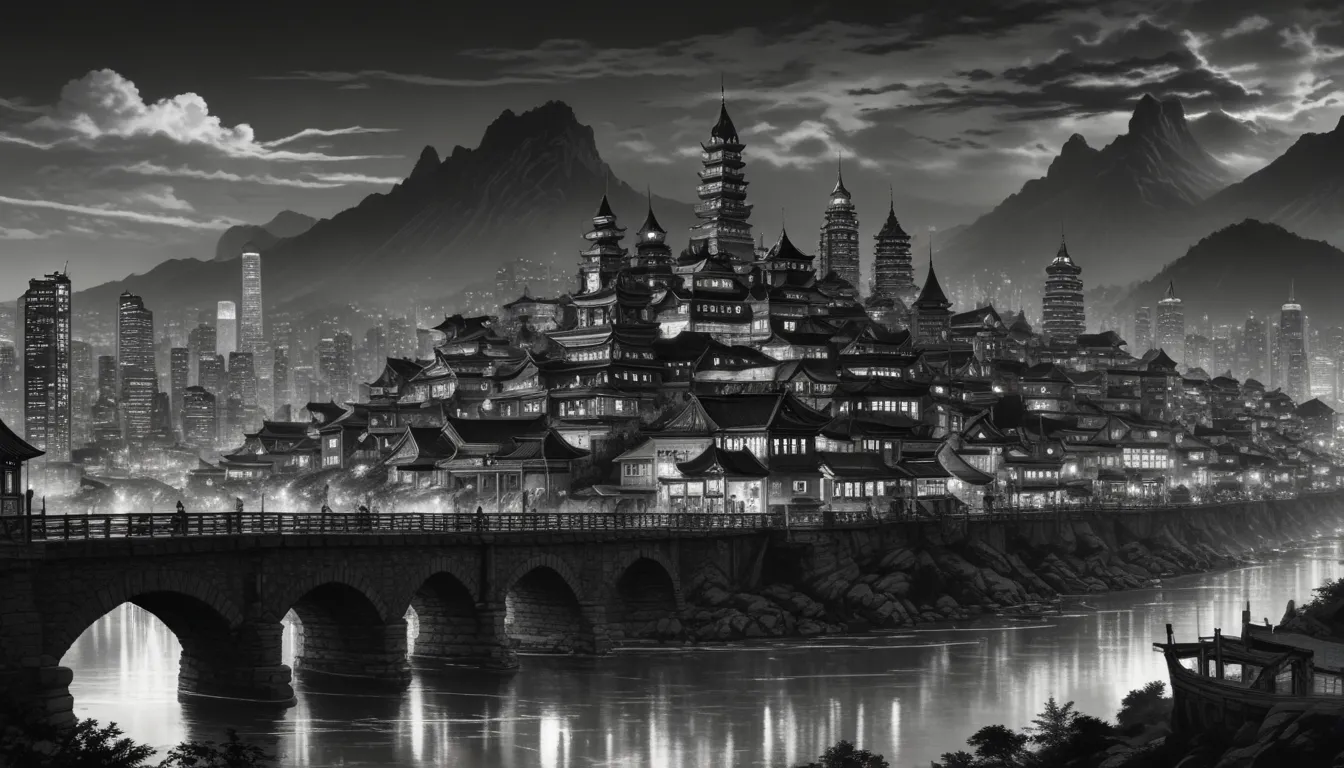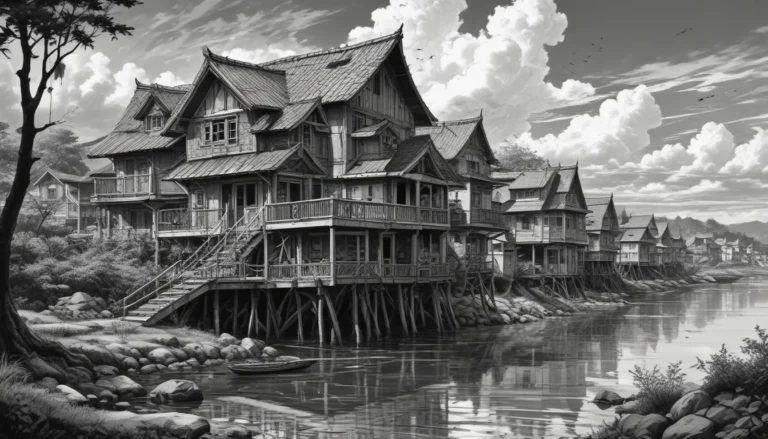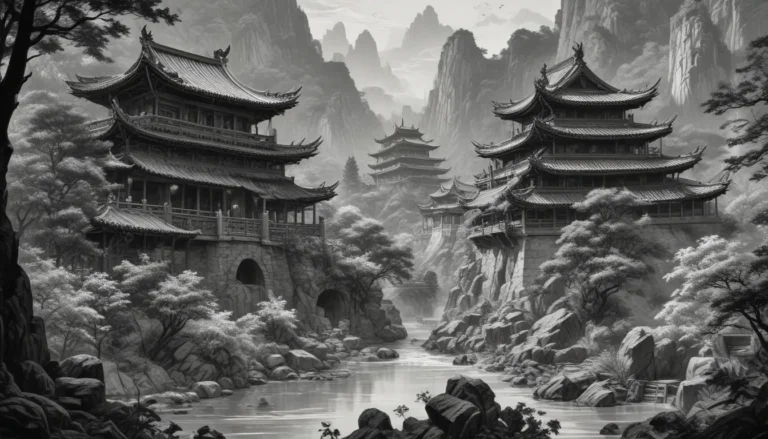The images in our articles are for illustrative purposes only and may not exactly match the content. They are intended to capture your interest and complement the text, not to replace it.
Situated in the southern part of South Korea, Masan is a city brimming with a rich history, bustling markets, and breathtaking natural landscapes. Boasting a population of over 400,000 residents, Masan stands as one of the largest cities in the South Gyeongsang Province. From its humble beginnings as a fishing village to its current status as a modern urban center, Masan has undergone significant development over the years, offering visitors a glimpse into its unique charm and allure.
Unlocking the Cultural Tapestry of Masan
Masan’s roots extend deep into history, with evidence of human habitation dating back to the Neolithic Age. The city’s strategic location on the southeastern coast of the Korean Peninsula serves as a gateway to numerous neighboring cities and provinces, fostering cultural exchange and economic development.
The name “Masan” itself holds significance, translating to “horse mountain” in homage to the city’s topography and a mystical horse that once roamed the area. From industrial prowess in sectors like shipbuilding and textiles to vibrant fish markets offering fresh seafood delights, Masan encapsulates a harmonious blend of tradition and modernity.
Delving into Masan’s Treasures
Masan offers a plethora of experiences and landmarks that showcase its cultural richness and natural beauty. The Haemyeongdae Beach beckons visitors with its tranquil waters and captivating sunsets, while Buddhist temples exude spiritual depth and historical significance.
Venture into the bustling traditional markets to savor authentic Korean street food or hike through the picturesque trails of Mount Muhak for panoramic views of the cityscape. Masan’s vibrant nightlife scene, complemented by bars and clubs, adds an extra layer of charm to the city after dark.
Unveiling Masan’s Hidden Gems
Masan’s culinary delights are a standout feature, with savory shrimp dishes reigning supreme in local restaurants. The city’s association with Korean traditional music and its role as a hub for art and culture further showcase its creative spirit.
Discover the architectural gems that adorn Masan, from ancient temples to traditional hanok houses, each preserving a piece of the city’s heritage. As a fishing paradise with abundant opportunities for outdoor activities, Masan promises a memorable experience for visitors of all interests.
Embracing Masan’s Warm Hospitality
Beyond its attractions, Masan’s people embody a spirit of generosity and warmth, welcoming visitors with open arms and genuine kindness. The city’s unique dialect adds a touch of charm to local interactions, reflecting the region’s cultural identity.
Masan’s captivating festivals, such as the Chrysanthemum Festival and the Camellia Festival, offer vibrant celebrations of the city’s heritage. Whether you seek tranquility in Teyama Park or insights into Masan’s history at Hanryu-gong, the city presents a tapestry of experiences waiting to be explored.
Planning Your Adventure in Masan
When considering your visit to Masan, keep in mind the ideal times to explore the city during the mild spring and autumn seasons. Make a point to visit iconic landmarks like the Masan Fish Market and the legendary Dongpirang Village to immerse yourself in the city’s culture and history.
Indulge in Masan’s famous seafood dishes, like grilled clams and spicy seafood stew, and partake in outdoor activities such as hiking, kayaking, and fishing. With a range of accommodations catering to different budgets and preferences, Masan ensures a comfortable and memorable stay for all travelers.
Frequently Asked Questions
- Best Time to Visit: The best time to explore Masan is during the spring and autumn seasons for mild weather and ideal outdoor activities.
- Must-Visit Landmarks: Explore the Masan Fish Market, Samjin Fish Cake Museum, Mangyangjeong Pavilion, and Yeongdo Lighthouse for iconic Masan experiences.
- Famous Dishes: Masan is renowned for its seafood dishes, including grilled clams, raw fish, and spicy seafood stew.
- Outdoor Activities: Engage in hiking, coastal trail exploration, and water sports like kayaking and fishing in Masan.
- Getting to Masan: Options include flights to nearby airports, train connections, or bus services from major South Korean cities.
- Language in Masan: While English may not be widely spoken, locals are friendly, and basic English phrases or translation apps can aid communication.
- Accommodations: Choose from hotels, guesthouses, and homestays in Masan to suit your preferences and budget.
- Festivals and Events: Attend traditional festivals like the Masan Gagopa Chrysanthemum Festival and the Masan Fish Festival for cultural experiences.
- Day Trips: Explore neighboring cities like Changwon and Jinhae for day trips from Masan, offering unique cultural experiences.
- Safety: Masan is considered a safe city for tourists, advisable to take general safety precautions and be mindful of belongings.
Embark on a journey to Masan, a city brimming with history, culture, and natural beauty, ready to captivate the hearts of travelers seeking a unique and unforgettable experience. As you delve into Masan’s 34 captivating facts, prepare to be enchanted by this dynamic city that promises something special for every visitor. Pack your bags, step into Masan’s embrace, and let the adventure begin!






